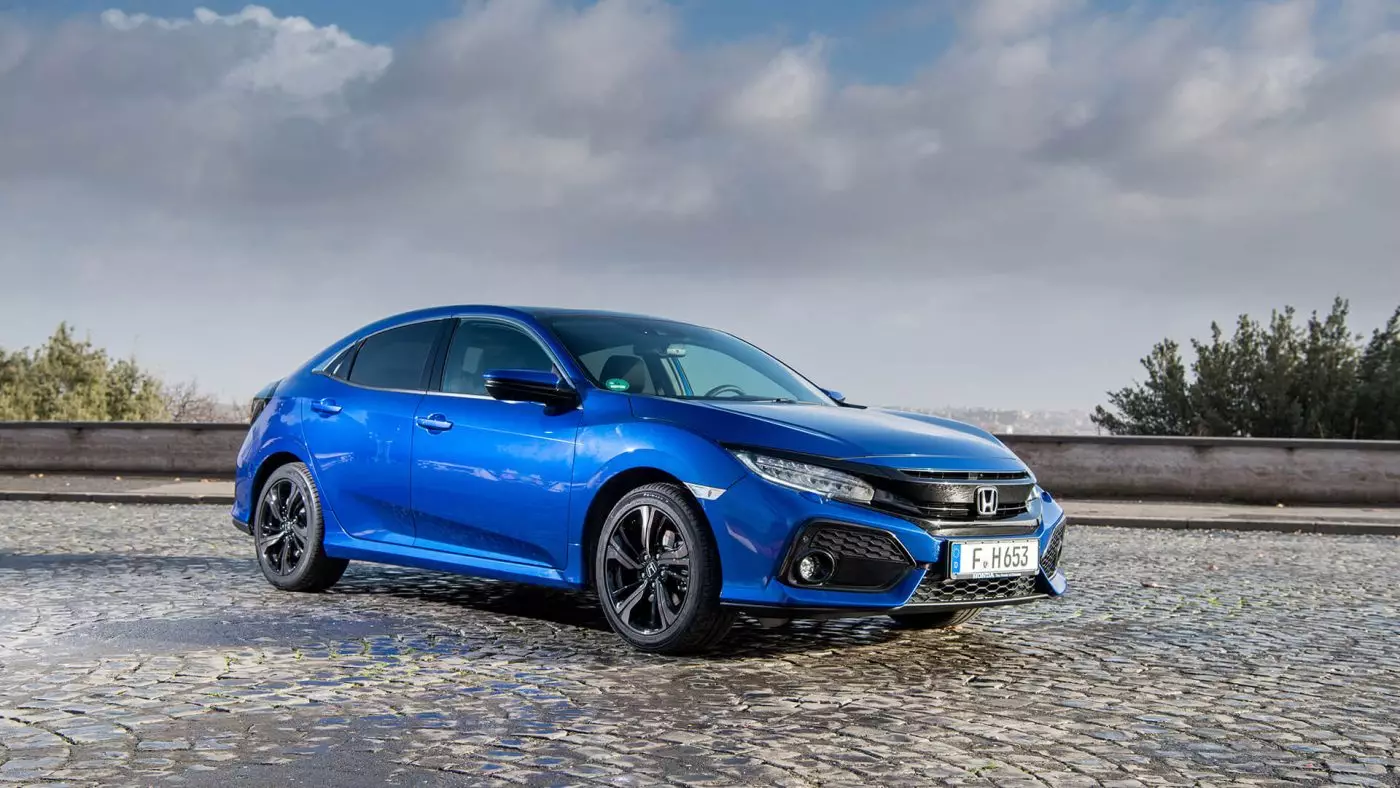The tenth generation Honda Civic came to us last year, with just gasoline engines, all of them turbo-compressed — an absolute first for the model. And we've got a little bit of everything, from a tiny one-liter three-cylinder, through the mid-range 1.5-liter four-cylinder, to the all-powerful 320-hp 2.0-liter of the impressive Type R — the Civic seems to cover all bases.
Well, almost all. Only now, after almost a year since the launch of this generation, the Civic finally receives a Diesel engine — despite the “bad publicity” of diesel engines, they remain a very important block. Diesels still represent impressive sales numbers and are a key part for many builders to meet mandatory targets for CO2 reductions.
Evolution
The 1.6 i-DTEC unit is an “old” known. If you look at the numbers — 120 hp at 4000 rpm and 300 Nm at 2000 rpm — we might think the engine is exactly the same, but the overhauls carried out are profound. The standards are increasingly strict regarding NOx emissions (nitrogen oxides), which justified the extensive list of changes to the engine.
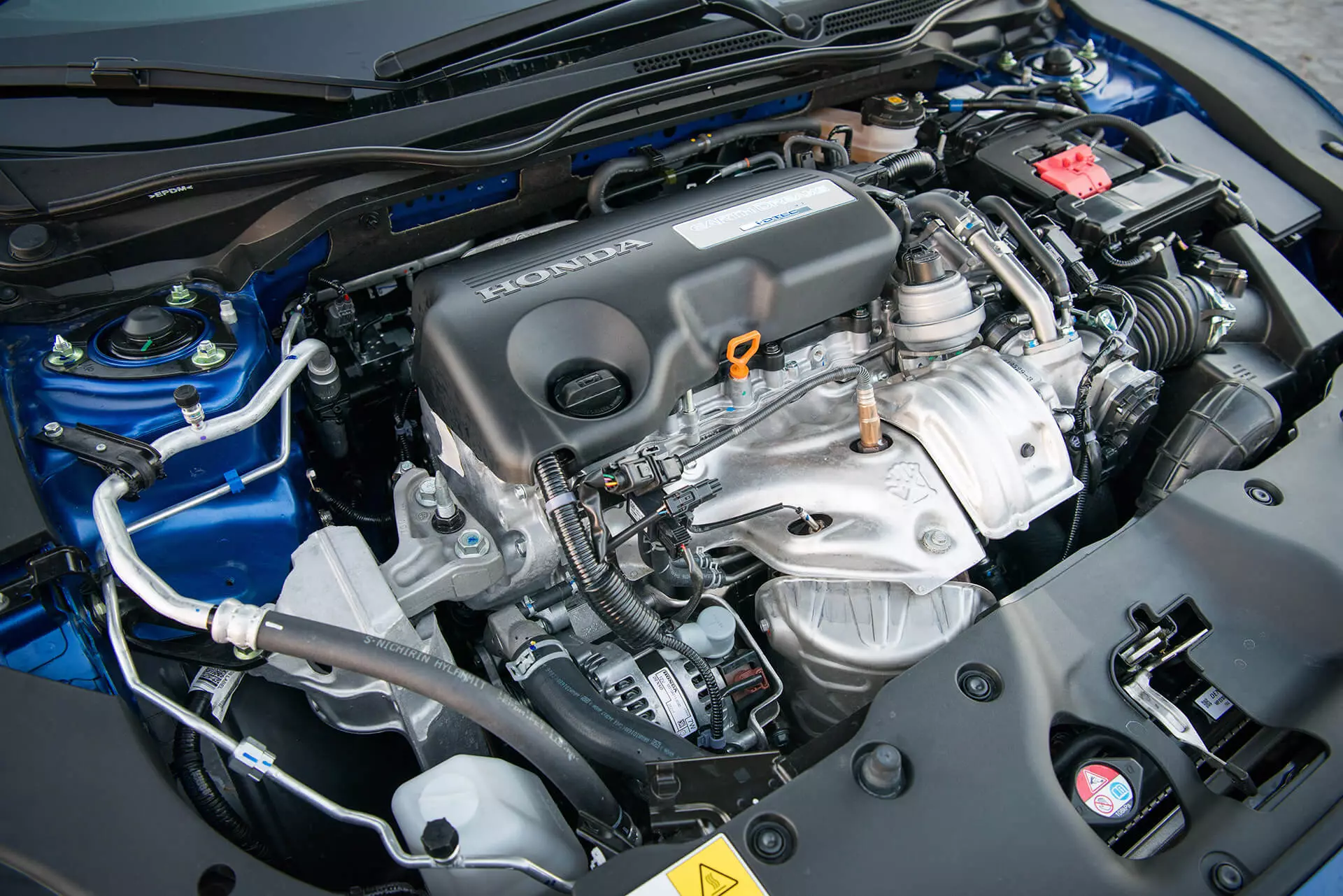
The revisions thus touched on a number of aspects: reduced friction in the cylinders, a new turbocharger (with redesigned vanes), and the introduction of a new NOx Storage and Conversion (NSC from NOx Storage Converter) system — the which makes the i-DTEC 1.6 compliant with the Euro6d-TEMP standard in effect and is already prepared for the new WLTP and RDE test cycles, which take effect in September.
steel pistons
The block and head of the 1.6 i-DTEC are still aluminum, but the pistons are no longer. They're now in forged steel — it seems like a step backwards, being heavier, but they're a key part of reducing emissions. The change allowed for a reduction in thermal losses and, at the same time, increased thermal efficiency. Another advantage was to help reduce engine noise and vibrations. The use of steel in the pistons also allowed for a narrower and lighter cylinder head — around 280 grams — without compromising durability. The crankshaft is also now lighter, thanks to a slimmer design.
No AdBlue
The biggest advantage of the revised NSC system (already present in the previous generation) is do not need AdBlue — the liquid that helps to neutralize NOx emissions — the component that is part of the SCR (Selective Catalytic Reduction) systems, present in other similar diesel proposals, representing less cost to the user.The introduction of additional technologies to reduce NOx emissions, in principle, would increase consumption and CO2 emissions. However, the spec sheet reveals that emissions have dropped from 94 to 93 g/km (NEDC cycle) — just a gram, to be sure, but still a reduction.
Its linearity sometimes resembled more a gasoline engine than a diesel.
This was only possible by reducing internal friction, especially that which exists between the pistons and cylinders, thanks to a “plateau” type polish — which consists of two grinding processes instead of one — resulting in an ultra smooth surface. Less friction generates less heat, so the maximum combustion pressure (Pmax) has decreased, resulting in lower consumption and emissions.
Very well installed
Finally, it was time to get behind the wheel of the new Honda Civic 1.6 i-DTEC, and we quickly became familiar with the attributes of this new generation — excellent driving position, with good range of adjustments for both the seat and the steering wheel, very good handle; and sturdiness of the interior, revealing a rigorous fit, despite some plastics not so pleasant to the touch.
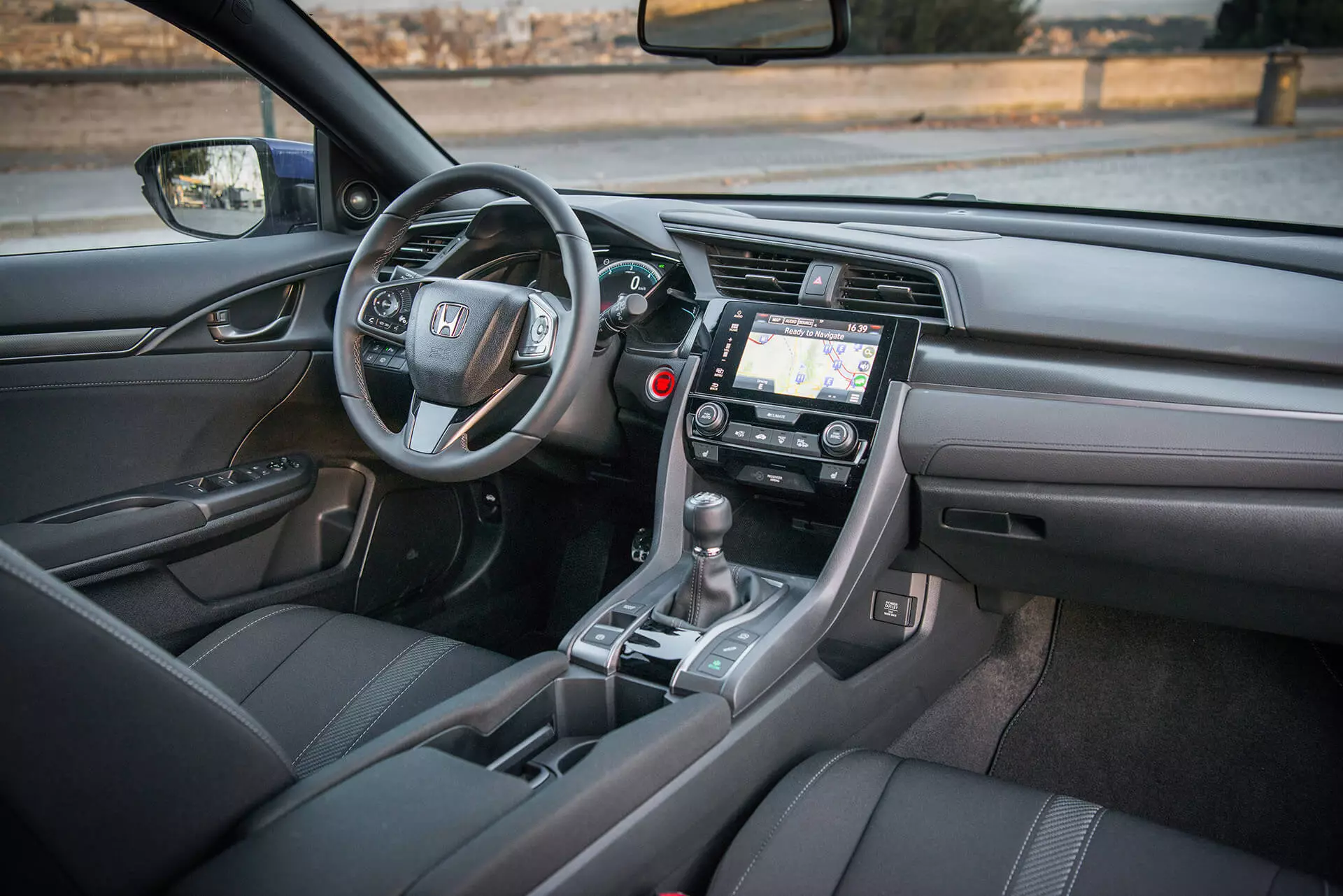
The interior design isn't the most appealing — it seems to lack some cohesion and harmony — and the infotainment system wasn't convincing either, proving to be difficult to operate.
Time to “key in” (by pressing the button), it jumps right into sight — or will it be in the ear? — the engine noise (in this particular the 1.0 engine is more competent). In the cold, the 1.6 i-DTEC turned out to be noisy and with a harsh sound. But it didn't last long — after the fluids reached the ideal temperature, it lost decibels and became much smoother.
Mission: get out of Rome
This presentation took place in Rome and believe me when I tell you that if you think the Portuguese are driving poorly, you have to take a leap to Italy. Rome is a beautiful city, full of history and… not compatible with car traffic. Driving there, for the first time, was an adventure.
The roads, in general, are in a deplorable state. If there is space, a carriageway quickly becomes two, even if there are no markings or signs to that effect — you have to be very careful indeed! Our “mission” was to leave Rome, which quickly highlighted two aspects of the Honda Civic.
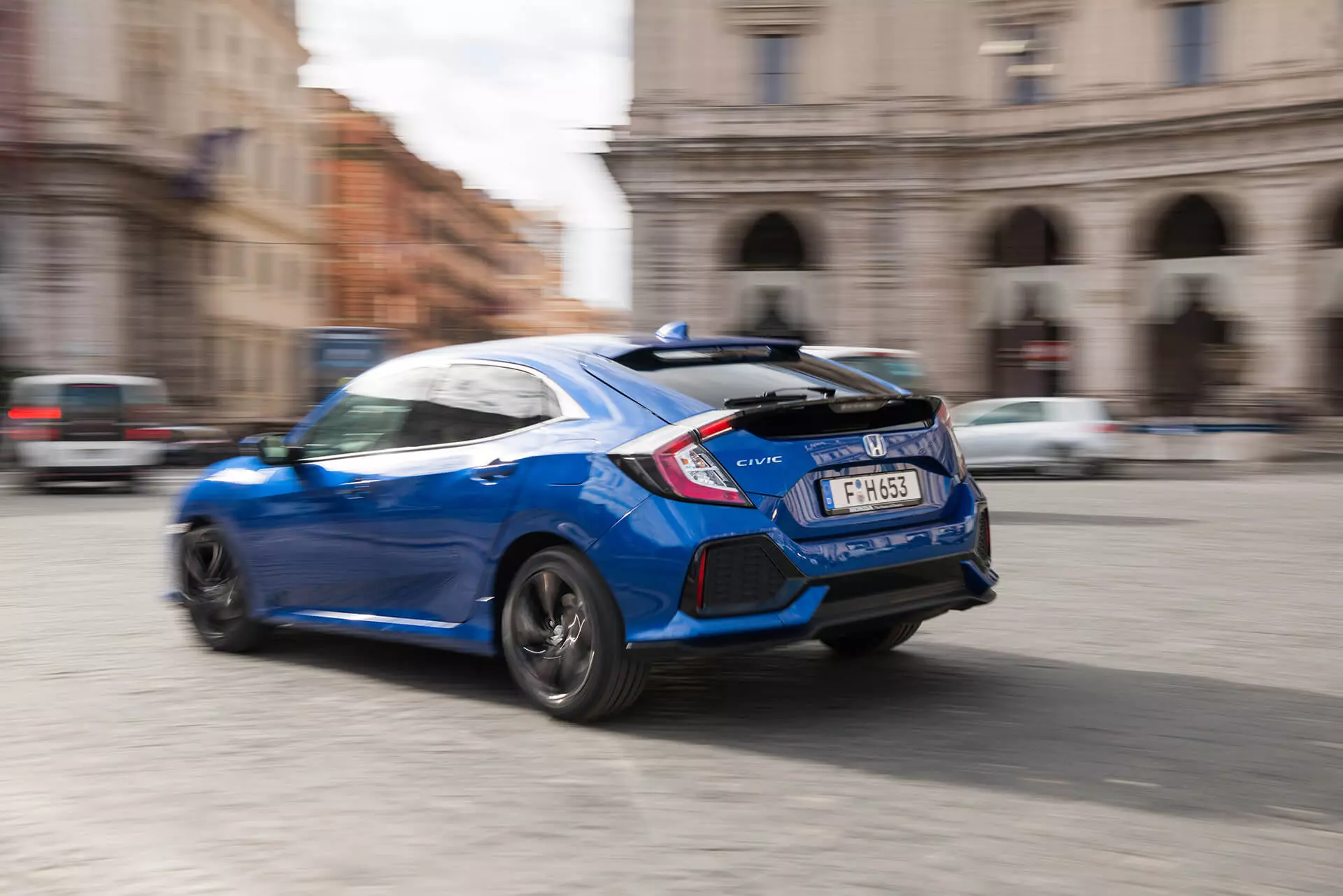
The first refers to visibility, or lack of it, especially at the rear. A problem that affects many of today's automobiles, it becomes more evident when we are in the middle of intense and chaotic traffic, and we need to keep eyes in the back of our head.
The second, on the positive side, is its suspension. The tested unit featured adaptive suspension — exclusive to the five-door hatchback — and surprised by the way it handled Rome's lousy floors. No complaints of any kind, he absorbed all irregularities heroically. Fabulous work of the suspension and also merits of the rigidity of the chassis.
we have engine
A few navigational errors later, we left Rome, the traffic slowed down and the roads started to flow. The Honda Civic 1.6 i-DTEC, already at the ideal temperature, turned out to be a very pleasant unit to use. It showed availability from low regimes, with medium strong regimes and reasonable high regimes.
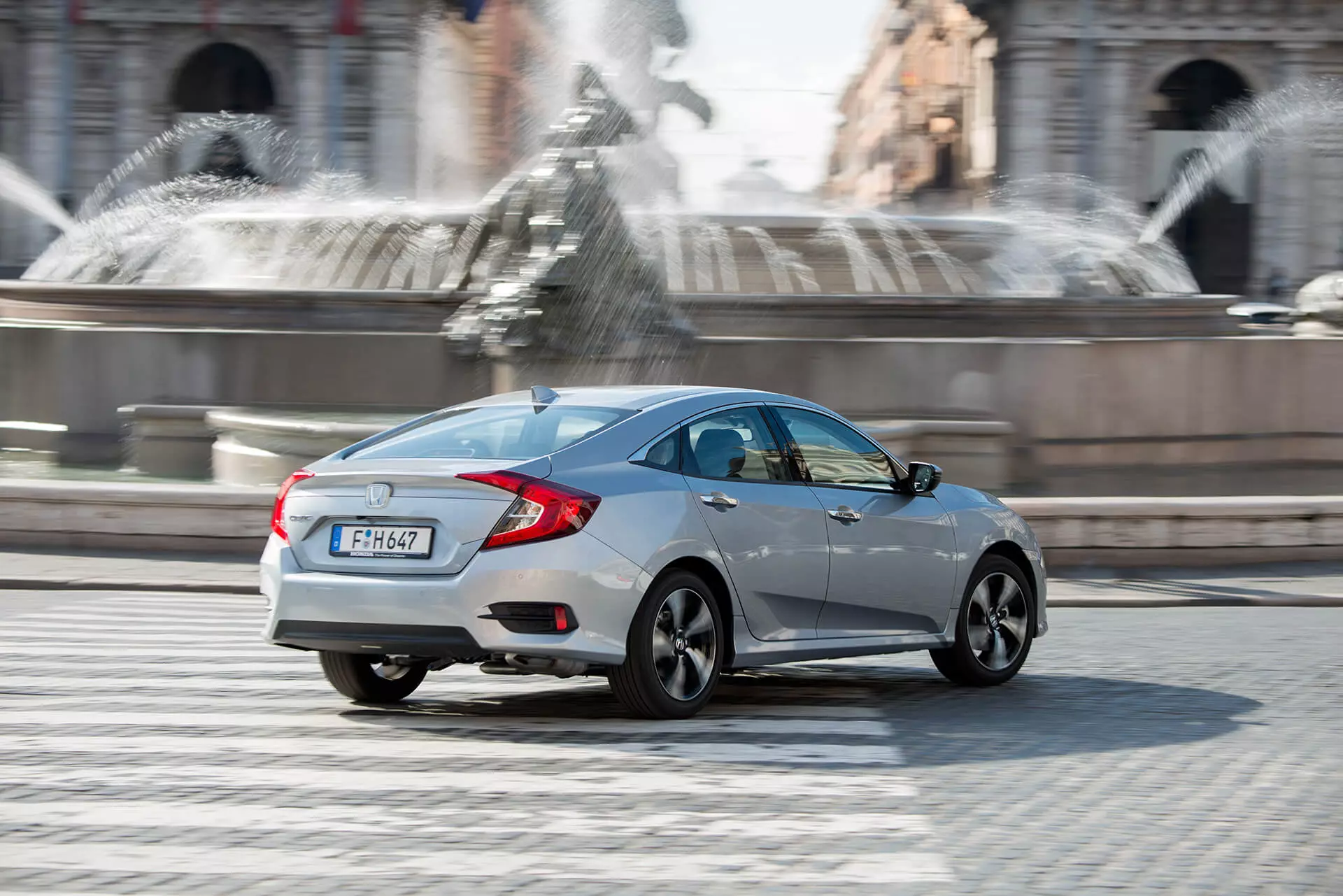
Its linearity sometimes resembled more a gasoline engine than a diesel. And its noise, when at steady speeds, was more of a whisper — adding points to its pleasantness.
It's not a fast car, as the 10 s to reach 100 km/h attest, but the performance is more than adequate for day-to-day, and the generous torque allows convincing recoveries. Also, "down" or "up" is a task we gladly do.
The six-speed manual transmission of the 1.6 i-DTEC is an excellent unit — accurate as few and short-stroke, one of the “traditions” that hopefully the Japanese brand will continue to maintain for many years.
confidence behind the wheel
If driving in Rome was chaotic, outside Rome it doesn't improve much — the continuous trace is just… a trace painted on the road. Even when there was an opportunity to stretch the engine further — for the sake of science, of course — reaching higher speeds, someone was always “sniffing” our rear end, whether straight or curved, no matter what car, even Pandas with more than 10 years old. Italians are crazy — we have to like Italians…
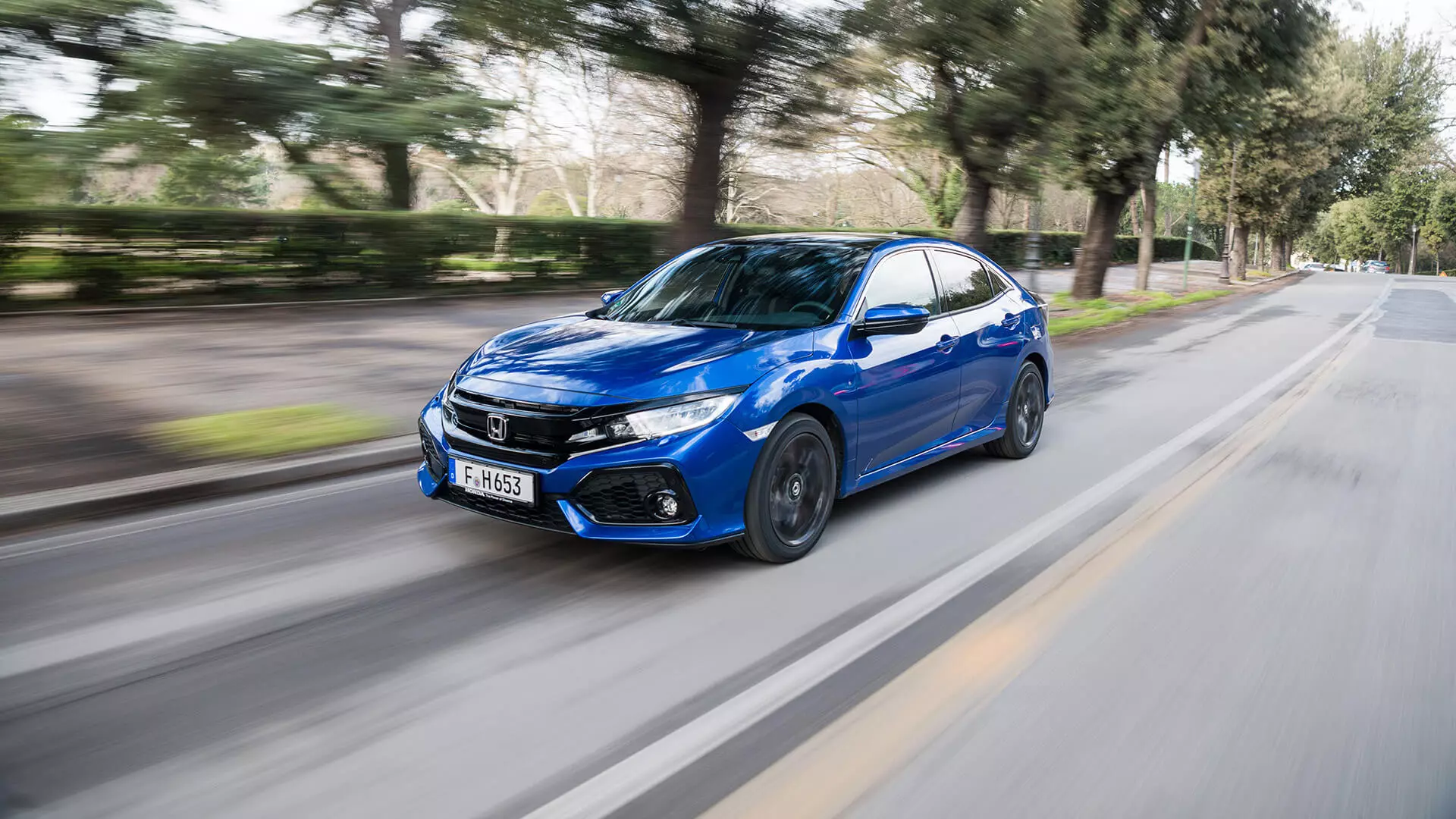
The chosen route, not very winding and irregular in practically its entire length, was not exactly the most suitable for evaluating the performance of the Honda Civic. But, in the few challenging curves that I came across, it always fulfilled, without fail.
It inspires enormous confidence in attacking driving, with precise steering — but without conveying much information about what happens on the front axle — a suspension capable of effectively controlling body movements and with high dynamic limits — the huge 235/45 ZR tires 17 should make an important contribution — by resisting understeer well.
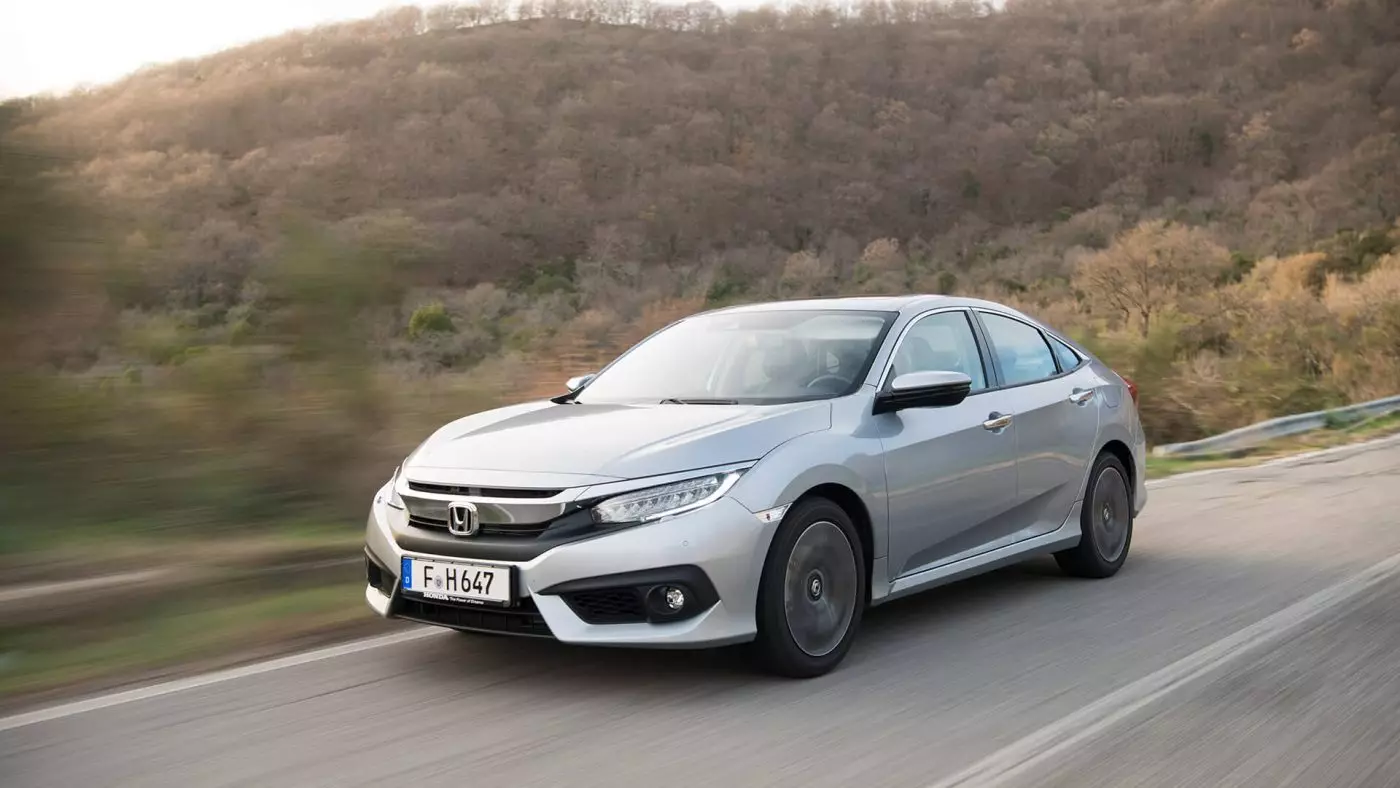
moderate consumption
In these events, with the cars going through many hands and many driving styles, the consumptions verified are not always the most realistic. And nothing could be more demonstrative of that than the two Honda Civics I drove — the five-door hatchback and the Sedan, recently added to the range.In general, they always showed low consumption, but the average for both could not be more different. The two units tested had an overall average of 6.0 l/100 km and 4.6 l/100 km — five-door and four-door bodywork, respectively.
In Portugal
The five-door Honda Civic 1.6 i-DTEC will arrive in Portugal at the end of March, and the Honda Civic 1.6 i-DTEC Sedan at the end of April, with prices starting at 27,300 euros.
